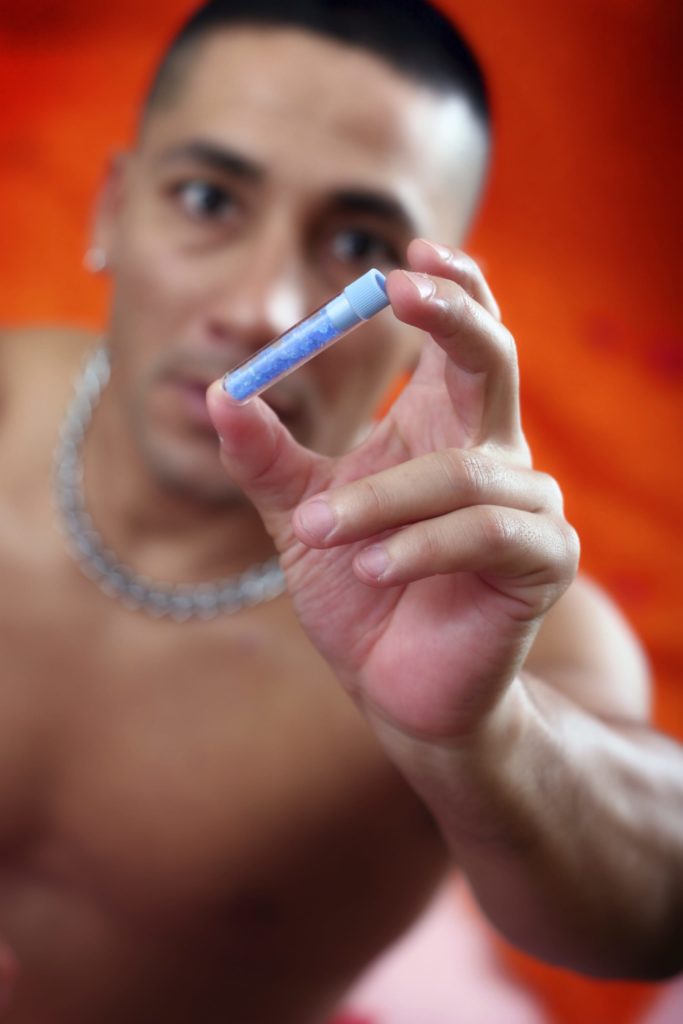Reducing the availability of prescription drugs is one of the main goals in the fight against the prescription drug abuse epidemic, particularly among teenagers. One security company is even working on biometric technology to help secure prescription medications and prevent teen drug abuse.
Availability has been one of the primary factors driving prescription drug abuse among teens. A significant majority—perhaps as many as two-thirds—of teenagers who abuse prescription drugs get them from friends, family members or directly from their medicine cabinets at home. While many teenagers have no idea how to acquire illegal drugs, prescription medications are an easy option for adolescents who want to self-medicate or experiment with getting high.
Unaware of Dangers
Advocates hope that reducing easy access to prescription drugs will greatly reduce the number of young people who make them their drugs of choice. However, the casual attitude that most people continue to have about prescription drugs makes this goal much more easily stated than achieved. Teenagers tend to believe that prescription drugs are less dangerous than illegal drugs, and unfortunately, research suggests that many adults share this view. As a result, prescription drugs are rarely secured, discarded or carefully monitored.
At least two security companies have been developing biometric technology to change the way that potentially dangerous and addictive medications are stored. These companies have created lockboxes for prescription drugs that require a fingerprint scan to access them. In addition to limiting who is able to get ahold of a drug, the lockboxes control how frequently a patient is able to access a medication and what quantity they are able to use at one time.
A company called Medbox is now making these boxes available to pharmacies, while a company called Rx DrugSAFE is making them available to both pharmacies and individual consumers. These companies hope that lockboxes will help to prevent both intentional abuse of prescription drugs as well as accidental overdoses.
By limiting who can access the drugs, these boxes should prevent teenagers from helping themselves. By limiting the frequency with which the boxes can be accessed and the quantity that can be removed, widespread use of these boxes should also make it much more difficult for teens to acquire prescription drugs from family and friends.
Other Efforts Remain Crucial
These lockboxes may eventually become widespread enough to make a real impact on the nationwide epidemic. Until that happens, other widespread efforts such as prescription take-back days remain crucial to reducing prescription drug abuse. These days on which people across the country can have their unused prescription drugs collected, as well as a growing number of permanent take-back locations, allow people to safely dispose of prescription medications instead of allowing them to remain in their medicine cabinets for years.
Education is also crucial to reducing the widespread belief that prescription drugs are not very dangerous. This encourages patients to store them more securely. It may never be practical or financially viable for biometric lockboxes to secure all prescription drugs. Patients can take other security measures to keep their medications out of the hands of teenagers. One method is keeping them in locked drawers.
Get Help at Right Step Today
At Right Step, we know that even the most dedicated measures may not be able to prevent teen drug abuse. Therefore, we offer several addiction treatment programs. These include:
- Alcohol addiction treatment
- Heroin addiction treatment
- Opioid addiction treatment
- Prescription pill addiction treatment
- Fentanyl addiction treatment
To learn more about our treatment programs or for other tips to prevent teen drug abuse, contact Right Step at 17135283709 today.






